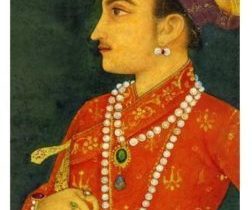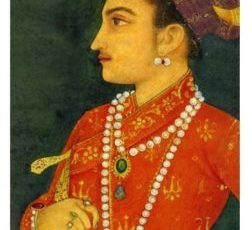Discuss briefly the administration under Delhi Sultanate and comment on the same.
Introduction:
Delhi Sultanate was a theocratic rule that were based on the Islamic laws. These laws are termed as ‘Sharia’. The rule extended for 3 centuries from around 1206 AD to 1526 AD. The 5 major dynasties during this period were:
1) Slave Dynasty 2) Khilji Dynasty 3) Tughlaq Dynasty
4) Sayyad Dynasty 5) Lodhi dynasty
Body:
The central head of the empire was the Sultan. Large amount of power was vested in his hands. He was assisted by ministers as follows:
1) Wazir: Prime minister
2) Qazi-ul-quzar: Judiciary
3) Diwan-i-Ariz: Defence
4) Diwan-I-insha: Correspondence
5) Diwan-I-Risalt: Foreign affairs
The smaller division of kingdom were called as Iktas. Iqtadars looked after iqtas. It was further subdivided into Paraganas, shiqqs and villages. Village were the smallest unit of administration. Panchayats looked after the various activities related to villages such as education, sanitation, revenue collection etc. Land revenue was the major source of income.
Judicially, a quazi was appointed in every village who was a judge. The criminals were severly punished. People were divided as foreign muslims, Indian muslims and Hindus. The rules and regulations were framed separately for these categories.
The military was divided into 4 divisions namely,
1) The Royal army
2) Provincial army
3) Feudal army
4) War time army
The facilities provided were hierarchical in these divisions.
Conclusion:
Babur defeated Ibrahim Lodhi in 1526 during the battle of Panipat which ended the Delhi Sultanate and marked the beginning of Mughal rule. Since the roots of these rulers were outside India, there were drastic changes in the life of Indians during the period. Even today some of these laws are in practice but in a different structure. Thus we can say that even after centuries the administrative policies of them are still visible in Indian laws.




